Report: Bush vs. Navani on Healthcare IT, Boston
Jonathan Bush (president, CEO, and chairman of athenahealth) and Girish Kumar Navani (CEO of eClinicalWorks) met at Xconomy Xchange: Jonathan Bush and Girish Navani Face Off on the Future of Health IT in Boston on September 29. Andrew Baumel, MD, a pediatrician with Framingham Pediatrics and HIStalk Practice reader, attended the event and provided this overview.
Today at the offices of WilmerHale, Girish Kumar Navani, CEO of eClinicalWorks, and Jonathan Bush, CEO of athenahealth discussed their views of the healthcare IT environment and how their own companies are navigating the changing waters. The discussion was in front of a packed room of over 200 people. It was moderated by Pamela McNamara, president of Cambridge Consultants.
The CEOs first discussed heathcare reform and ARRA. They agreed that both companies were on high trajectories prior to the stimulus and will both have smaller market shares over the next five years as older, less nimble companies are able to survive with this temporary injection of stimulus funds. Girish mentioned that one of their new strategies to come out of the stimulus will be in five years when practices decide to replace the systems they rushed to buy to take advantage of ARRA.
When asked to compare and contrast their strategies, Bush highlighted the fact that every user was on the same iteration of the same application, which allows athena to gather valuable data that they can use to improve payment remittance and work out bugs quickly. He also highlighted the cloud nature of his software.
Girish highlighted the very large (nearly 100,000,000 patients) penetration of eClinicalWorks and the fact that users can customize the product on their own without IT specialist and that many customers demand different customizations or versions that athena, on one application, cannot provide.
Bush then highlighted athena’s Community software which attempts to move patient PHI seamlessly between providers and institutions, cutting down on cost of registering patients, and his view of a Facebook-like interface in which clinical information could be shared between providers if they "friend" each other and that Athena would collect a modest $5-$8 fee per transaction.
Girish spoke about a project at Children’s National Medical Center in which they determined the basal metabolic rates of children, entered the data into eClinicalWorks, and then were able to give custom medication to their patient based on the metabolic data in each electronic chart. He used this story to illustrate one of the many ways clients can innovate with eCW to help them improve patient care.
In the Q&A period, one questioner challenged both CEOs, implying that their products were weaker than Epic’s and Cerner’s as those products can aggregate data from 12 clinical departments in a large hospital. Girish took on the questioner and stated in these hospital systems, one would likely find the outpatient doctors using eClinicalWorks and that his company cares just as much about the solo practitioner as the large health care systems.
Another questioner who was starting a company supplying EHRs to mental health providers asked the leaders for their advice on size of sales force. Bush stated that he had 100 sales people and Girish said he always put more employees in post-sales positions and let satisfied customers be his sales force.
For their final words, Bush stated that he wants to be a backbone of HIT. Girish said that eCW will not be distracted by the stimulus funds and will focus on the long term to be able to change with the times.
Both leaders were very forthcoming with their views and strategies for the future of their companies. Those hoping for fireworks would have been disappointed, as the two CEOs displayed much cordiality towards each other, saving their barbs for their mutual competitors. While Girish was unwilling to name names, Jonathan showed no hesitation in calling out Allscripts, GE/IDX, and a few others as ones that would remain relegated to prehistory when the story of HIT is written.
Unlike politicians in a debate, both CEOs answered the questions that were posed by the moderator and did so in the time allotted. Both exuded confidence in their business plans (private vs. public funding) and the ability of their products to thrive in what both agreed would be a rapid and unpredictably changing playing field.



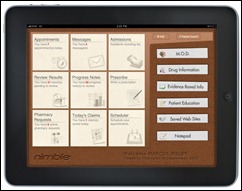
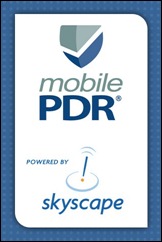


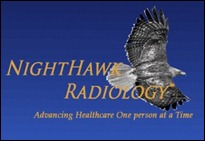
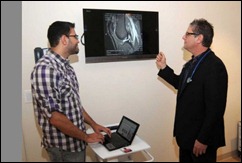




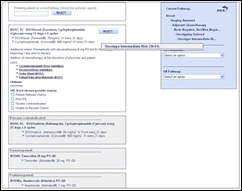
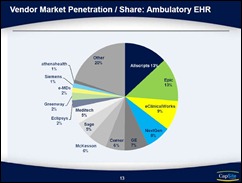
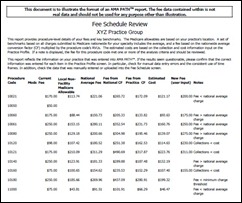

The article about Pediatric Associates in CA has a nugget with a potentially outsized impact: the implication that VFC vaccines…